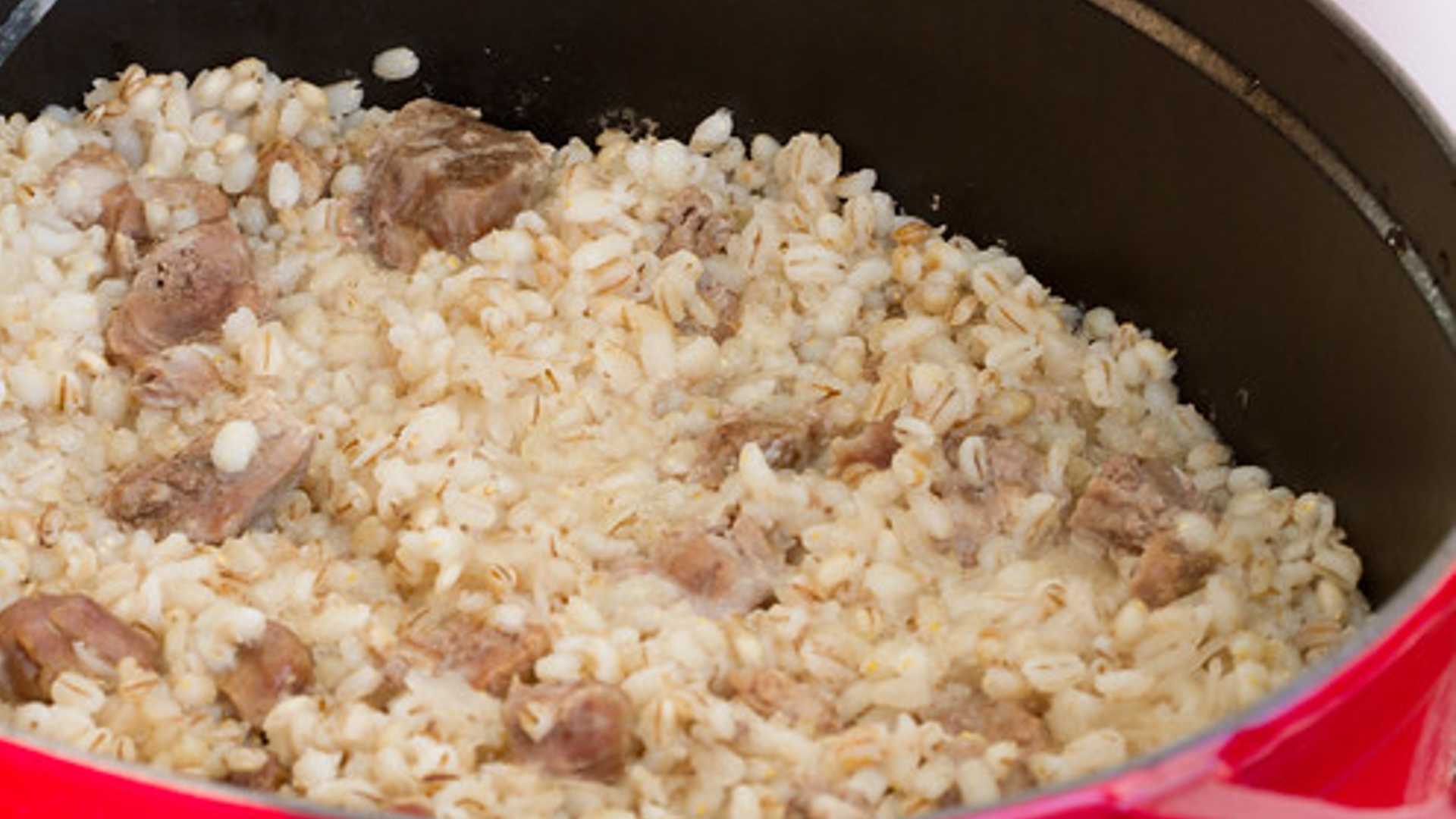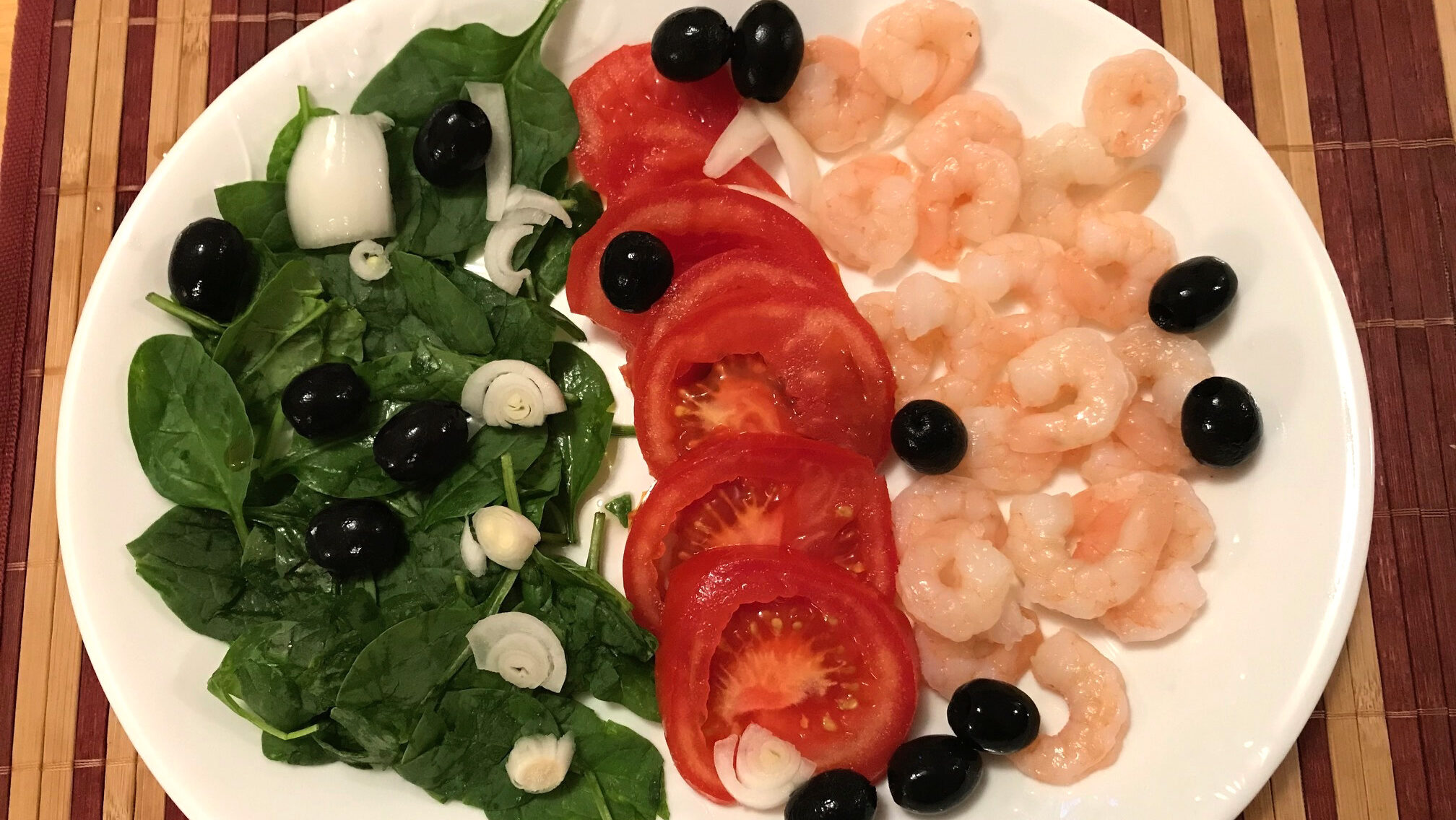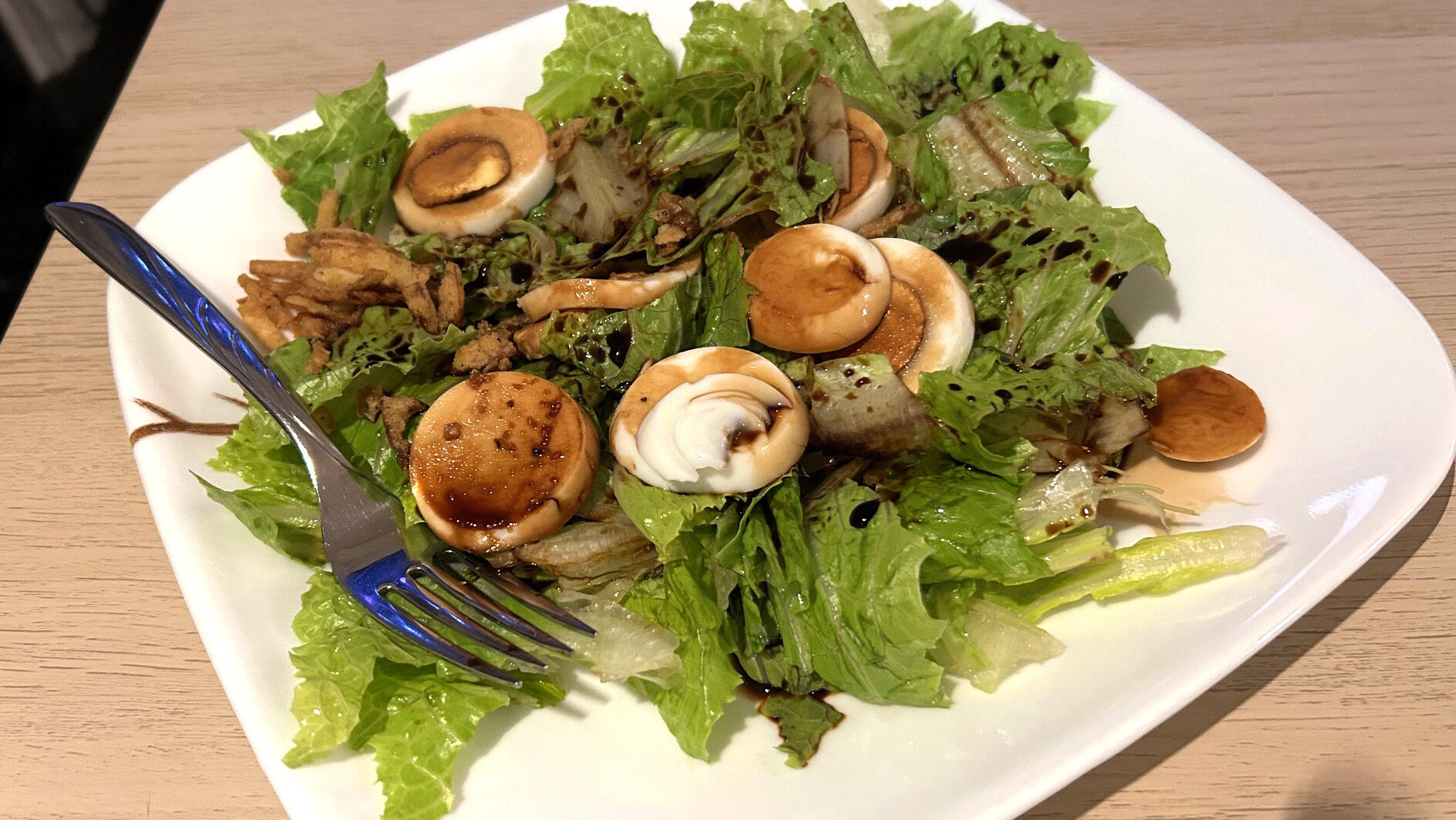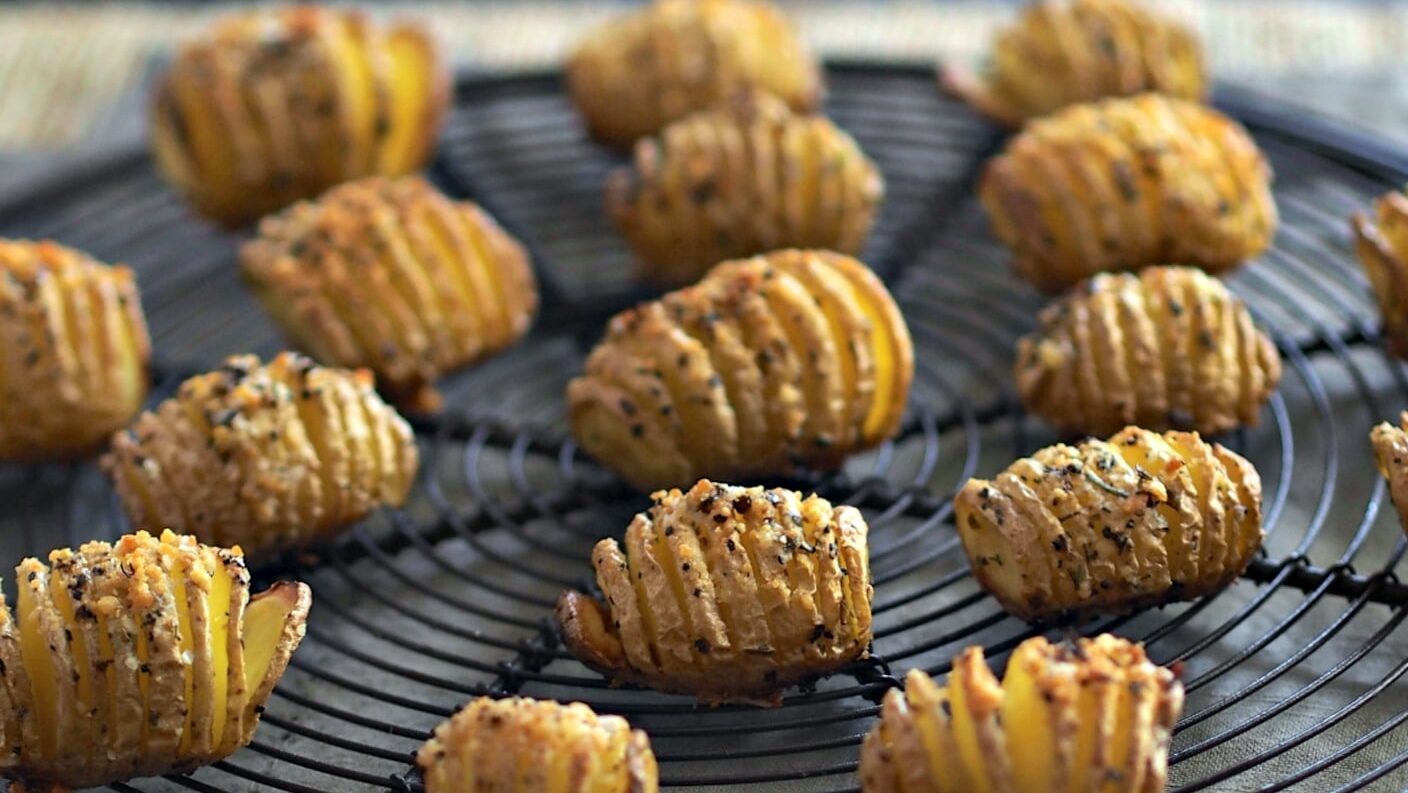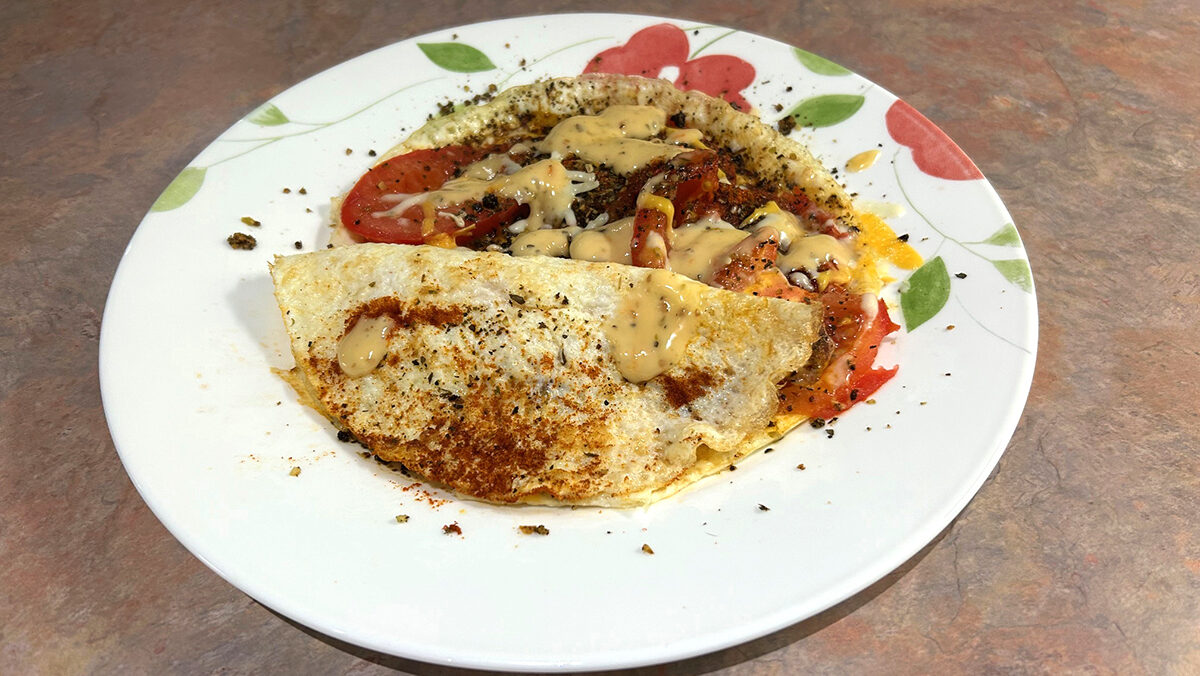Between work, running errands, doing the laundry, and trying to keep kids active with fun and educational activities, thinking of new ideas for lunches and snacks may become exhausting. If you've been cycling through the same food options again and again, there's no better time than now to introduce some fresh ideas. Tasty treats that kids can get excited about, but also ones that aren't overly complicated. That way, making the recipes becomes an engaging activity in and of itself.
These can also become snacks for kids going to school, to share their heritage with friends.
Porgandi Pirukad (savoury carrot pastries)
Place 6 eggs in a pot of water, bring the water to a rolling boil, and let the eggs cook thoroughly for 15 minutes. Pour cold water from the kitchen faucet over the eggs, let them sit for five minutes, and then peel off the shells (the contrasting hot and cold should make this a breeze). Use a fork to mash up the hard-boiled eggs and put aside in a bowl with some salt and pepper. You may even want to finely mince some fresh dill for a tangy and sweet flavour twist.
Peel and slice three carrots and boil the pieces in another pot of water. Once they are soft, you can either mash them by hand or blend them, depending on how present you want the texture of the carrots to be. Combined with the boiled eggs, and this will be your pastry filling.
If you wish to make your own dough, you can mix half a litre of slightly warm milk, 2 tablespoons of active dry yeast and 3 cups of flour into a bowl. Let this mixture sit in your kitchen (you should make sure the room is warm) for an hour or so while you do something else. When you come back, introduce 1 and 3/4 sticks of butter and another 3 cups of flour into the mixture and knead the dough well with your hands. Let the dough sit in the kitchen until it rises and doubles in size.
If you're short on time, you can roll out store-bought pastry. Either way, roll it out thin and mark out circles with a medium-sized mug.
Have your kid help you fill the pastries up before closing them! Dollop the carrot and egg filling on one side of each circle. Whisk 1 egg inside a bowl and brush the egg on the pastry surrounding the filling. Pull one side of the dough over the side with filling and press down with your fingers to seal the pirukas pastry. Repeat this until you have used up all of the filling and dough, move all of the pirukad to a greased baking sheet, and then brush the remainder of the whisked egg onto each pirukas.
Preheat the oven to 176 degrees Celsius (350 Fahrenheit) and bake these gems for 15 minutes so they are a glistening golden brown colour on the outside. Let them cool for half an hour before devouring.
Mulgimaa Hapukapsad (Sauerkraut from Mulgimaa in southern Estonia)
The farmers of Mulgimaa made a good living for themselves growing crops in their very rich, fertile soil; especially in the latter part of the 1800s, with flax crops that were used to make linen. But tending to crops will drain the energy right out of you if you don't have something fortifying to eat. Or even if you're exerting a lot of energy in another way and you want some sustenance, you'll get a lot from country food like mulgimaa hapukapsad.
You can still get mulgikapsad, and other local food, in the taverns of this part of Estonia. This dish is slightly different from your standard sauerkraut, as it includes barley.
First, place 1 kilogramme of uncooked, fermented sauerkraut/hapukapsad into a heavy pot. If you can't find uncooked sauerkraut, you can substitute it with the pre-cooked variety in a jar, but just be mindful of properly cooking the meat while not overcooking the cabbage. Cut half a kilogramme of pork into bite-sized pieces and mix it in with the sauerkraut and 200 grams of pearl barley (not hulled barley that still has the bran). Pour in 500ml of water and bring it to a boil before simmering the ingredients on a low temperature, with a lid on, for between two and three hours.
As you approach the end of this simmering, let's say you set the timer for two hours, you can put a few small spoonfuls of brown sugar inside. The sugar and molasses contrasts with the salty pork and acidic cabbage. Let all of the flavours mingle in the pot and then stir, checking that the pork is cooked thoroughly. Once it's cool, you can pack this up in a container for tomorrow's lunch—and, let's face it, try some right now as you pick from the pan.
Roasted Root Vegetable Faces
Typical Estonian produce includes juurviljad (vegetables) such as naeris (turnip), punapeet (beet), and redis (radish). In and of themselves, your kids might not be so interested in these vegetables, but preparing them in a humorous way might get them interested in food preparation and the ingredients.
It's simple: wash and peel an assortment of vegetables and cut them into many different shapes. This is a cool way to familiarize kids with different cutting methods. For example, you can julienne the vegetables into long “match-stick” shapes, slice across for rounded, flat shapes, or try to cube some pieces.
Then bake the vegetables on a tray in the oven at 350 degrees Celsius, with some olive oil drizzled on top, and a sprinkling of spices of your choosing. Keep an eye on the vegetables so they are perfectly softened. You can test them with a fork. With all of the different shapes you made, you can assemble them with toothpicks to make juurvili faces, or a racecar (võidusõiduauto) with a body and wheels. Add in some uncooked tomatoes or cucumbers/pickles for new combinations of shapes and flavours.
This article was written by Vincent Teetsov as part of the Local Journalism Initiative.
